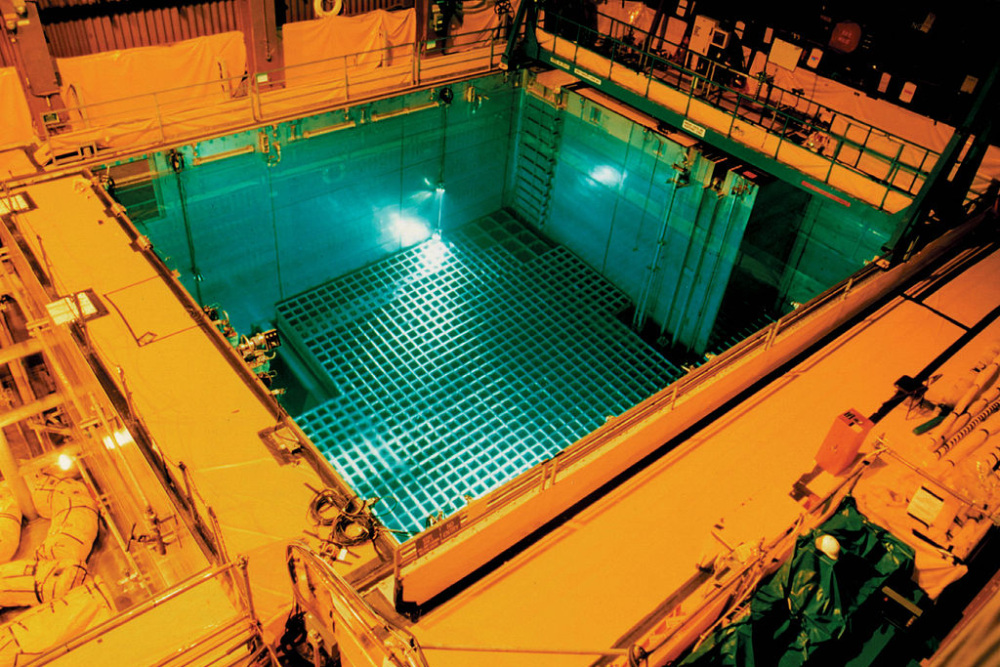
Scott A. Roecker
Vice President, Nuclear Materials Security
As global demand for nuclear energy grows, spent nuclear fuel accumulates at reactor sites creating security, proliferation, and safety concerns.
Generate new solutions for spent fuel waste management and address broader fuel cycle concerns in the United States and internationally.
A network of experts in the Pacific Rim is exploring collaborative approaches to spent fuel management that build trust and shared understanding.
More than 270,000 metric tons of commercial spent nuclear fuel is held in storage worldwide, mostly at reactor sites. Political and technical difficulties have delayed or prevented the construction and operation of geologic repositories to dispose of this material. Failure to manage this problem threatens national, regional, and international security, exacerbates non-proliferation risks, strains the credibility of the nuclear community, undercuts public and political acceptance for all nuclear activities, and hinders serious efforts to address climate change.
In 2013, NTI launched the Developing Spent Fuel Strategies project with generous funding from the John D. and Catherine T. MacArthur Foundation, as well as the William and Flora Hewlett Foundation from 2013-2014. The project aims to strengthen global approaches to spent nuclear fuel management by establishing a network of nuclear fuel cycle experts in the Pacific Rim which can develop solutions to spent fuel management problems and explore ways to address broader fuel cycle concerns.
Efforts to develop sustainable solutions for the long- term management of HLW have been ongoing for decades, and most programs around the world have experienced both successes and failures.
This report addresses the security and proliferation implications of accumulating spent fuel stockpiles, describes the benefits of regional cooperation, and lays out a three-step process to institutionalize and operationalize a research and development agenda for spent fuel management in the Pacific Rim.
